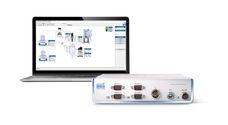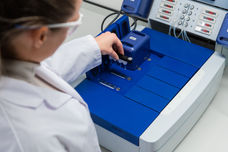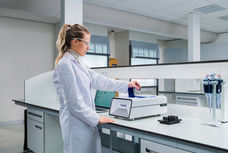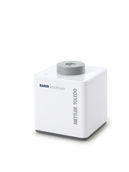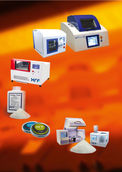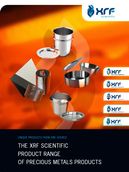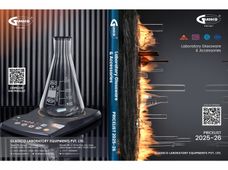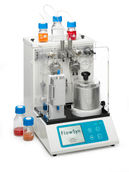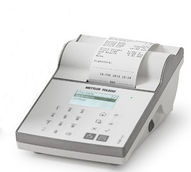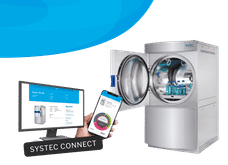A milestone on the pathway to Lab 4.0: A new standard for the smart lab
SPECTARIS presents the first industrial communication standard for laboratory and analytical devices
Advertisement
As of December 14, 2023, the Laboratory & Analytical Device Standard (LADS) can be officially used and integrated within laboratory and analytical devices. After a four-year development phase, the first version is now available and has been guided by key use cases from industrial practice. LADS ensures that all laboratory equipment and connected applications speak the same language and can be networked quickly and cost effectively. Thanks to LADS, users are able to collate an individual set of devices that can exchange data with each other, regardless of their manufacturer or interface.
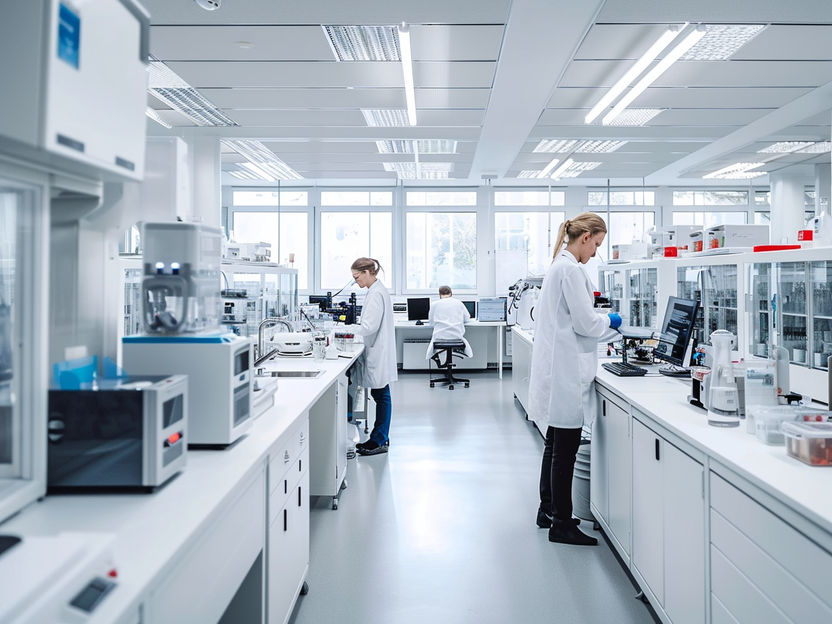
Symbolic image
Computer-generated image
“The major industry project has therefore been implemented according to schedule,” emphasizes Mathis Kuchejda, Chair of the Analytical, Bio and Laboratory Technology Division at SPECTARIS. “LADS enables the efficient networking of devices, automated systems, and processes and offers a decisive advantage in an increasingly competitive laboratory market.” According to a study carried out by McKinsey, digitalization and automation in quality laboratories can help secure savings of up to 50% in costs and up to 70% in delivery times.
SPECTARIS opted for the OPC UA platform. Open Platform Communications Unified Architecture (OPC UA) provides the optimum framework for networking devices, systems, and processes within the lab, in particular because many machine standards are based on it. OPC UA is used to define the service-oriented skeletal structure, whilst domain-specific extensions are defined via so-called Companion Specifications.
“LADS provides the foundation for the secure horizontal and vertical (Plug & Play) integration of a very wide range of laboratory devices and analytical instruments with varying degrees of complexity and is based on the world-leading industrial interoperability standard OPC UA. This is a key milestone on the pathway towards the (end-to-end) digital transformation of Lab 4.0. The cross-industry capabilities of OPC UA enable the synergetic, semantic interoperability of LADS with relevant adjacent areas such as Pharma 4.0, robotics, and AI applications,” explains Dr. Matthias Arnold, CTO of the LADS Joint Working Group at the OPC Foundation.
Moreover, the LADS interoperability standard is an ideal basis for further extensions and additions. An excellent example of this is the work currently being carried out on the Common Analytical Instrument System Integration Specification (CAISI), which – using LADS as a basis – will allow complex analytical instruments to be integrated into higher-level data systems. Since both LADS and CAISI are based on the OPC UA Standard, a seamless exchange of information will be able to take place between devices in the laboratory.
From its very inception, internationality has been central to the development of LADS. This was made possible through the creation of a Joint Working Group – encompassing participants from Spain, the Netherlands, the UK, and Japan. “In Japan in particular, LADS is now really picking up speed,” states Dr. Janina Bolling, Head of Analytical, Bio and Laboratory Technology at SPECTARIS.
SPECTARIS would like to take this opportunity to thank the many sponsors and supporters who have made this project possible. “We can now embark on the pathway to Lab 4.0” concludes Bolling.
Other news from the department science
These products might interest you
Most read news
More news from our other portals
See the theme worlds for related content
Topic world Digitalization in the laboratory
The topic world Digitalization in the lab presents innovations and trends from digital data systems (ELN, LIMS) to laboratory robots and networked devices (IoT) to AI and machine learning.

Topic world Digitalization in the laboratory
The topic world Digitalization in the lab presents innovations and trends from digital data systems (ELN, LIMS) to laboratory robots and networked devices (IoT) to AI and machine learning.
























